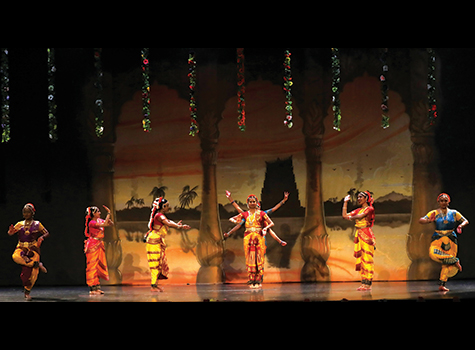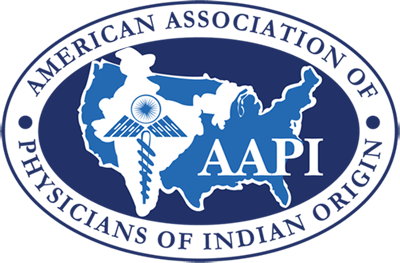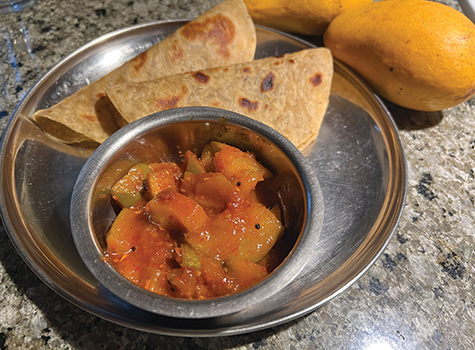By Dr. Maha Gingrich

I am a strong believer in understanding our history. It is easier to understand today, if we know what happened yesterday. India is working hard to revive and teach art history to the current generation through large music and dance festivals. It is good to see many parents taking their kids to these classical dance festivals to instill interest in these unblemished dance forms. Even in my classes, I now see mother and daughter pairs wanting to learn Bharatha Natyam. They are learning with enthusiasm and hard work. This also increases the bonds between parents and kids with similar goals and a deeper appreciation of a long-term commitment in a culture that expects instant gratification.
Religious perspective: According to Hinduism, Brahma, the creator and one of the Hindu Trinity, with the help of Goddess Saraswati, giver of higher learning and the arts, enlisted Bharatha Muni’s support in writing the fifth Veda, called Natyashastra. This is a book on drama, dance, and music. It describes the setup of classical dance forms, including the jewelry, the building of the stages, the orchestra, the costumes of the dancers, meaning of hand gestures, facial expressions, positions of the feet and many more intricate details. Classical dances were meant to become a guiding light to understand the concepts of good and evil, moral and immoral, and temporary and permanent.
Role of Temples: Due to its divine origins, the earliest support to the art of dance came from temples, which were also the main area of communion between the commoners and the pundits. Local leaders supported the temples and were their patrons. The temples reverberated with devotion to the gods through elaborate rituals, part of which were also the twin arts of singing and dancing. Local patrons took pride in their temples and provided them with the best available talent. It was also a matter of honor for artists to be associated with service to God. A special class of dancers dedicated to God, deva (God) dasi (servant), came about whose accomplishments were respected and celebrated by many.
Role of Royals: The kings and queens were not far behind in extending patronage to artists and they did a lot to support temples. Financial support and donation of land for temples helped these places of worship to thrive. Each temple was assured not only of local support from their zamindaars or leaders but royal patronage too, thus increasing the power and prestige of each temple and its resident dancers.
Foreign Invasions: In 16th century, with the arrival of foreign powers in India, these dances experienced a huge setback. First, for trade and then for permanent stay and rule, these foreign rulers decreased the power of both local leaders and the royal courts. This led to a slow but sure decline in support to and patronage of temples, in turn leading to the decline of these religious art forms. The indigenous arts of India were looked down upon by colonialists and discouraged when Victorian civilization took over. By the time India attained independence from foreign rule in 1947, most temples and its inhabitants had been reduced to near destitution. In the absence of support, they had no means of sustaining these art forms.
Revival after Independence: It was during the struggle for independence and determination of several nationalists that the revival of Indian arts began. All over the country, from the beginning of the twentieth century, individuals tried to help save old dance forms. In the south, the spirit of resurgence led to the saving of Bharatha Natyam, Kathakali, Kuchipudi, and Mohiniattam. In the North, Kathak was revived, and in the Northeast, Manipuri. The pioneering gurus, dancers, and critics of the early twentieth century played a major role in helping save these dance forms.
After independence, several dance institutions and individuals took on the responsibility of serving the arts. The government, by not interfering with the creative process, established an atmosphere where dance forms could be nurtured. Soon other forms like Yakshagana, and Chhau found a place of importance too.
Fortunately, all folk dances had continued unaffected, as they were not supported by temples but by the rural and farming communities who sang and danced without formal training during harvest and the sowing seasons. By the end of the twentieth century, not only were these classical forms fully revived and thriving, but the new generation of dancers were also looking at the arts as a profession, and not just a hobby.
Now: My own students are excited to continue to learn even after their dance graduation (Arangetram). They are learning online, performing at their colleges, coming back to dance during breaks and so on. This is a new trend and a very old trend. This is how yesterday meets today. Now classical dances have become a passion and not a hobby. I hope these articles about the history of dance will bring us a new perspective and appreciation as they have gone through many hardships and still survived.
I want to dedicate this article to many gurus, organizations, and publications like Saathee magazine that provide means to keep these dance forms alive.
For questions or comments, contact Dr. Maha Gingrich via email at gingrichmaha@gmail.com



